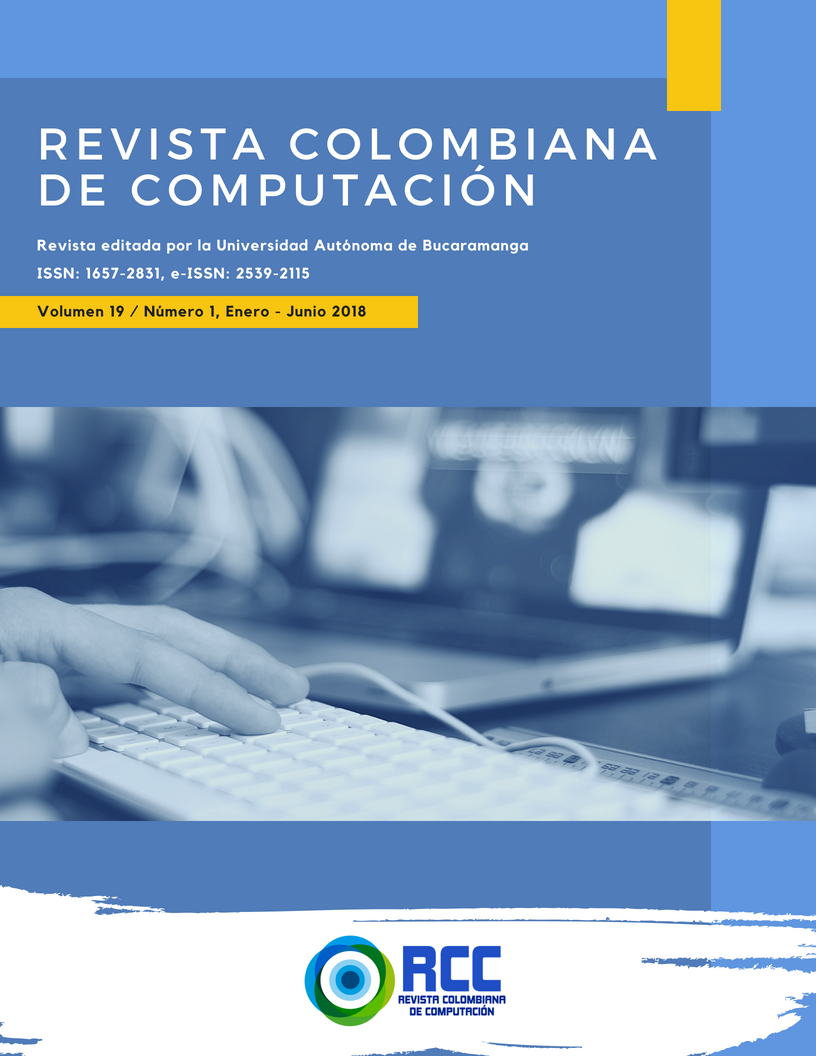Ley de Fitts: Sobre el Cálculo del Rendimiento y Tareas No ISO
Resumen
En este trabajo se presenta el uso de una tarea de selección de objetivos en la evaluación de un head-tracker para dispositivos móviles. Primero, se describe el método de cálculo del rendimiento mediante un ejemplo detallado. A continuación, se discute el método de cálculo para tareas que no cumplen el estándar ISO. Debido a la amplitud no constante de la tarea dentro de cada secuencia, se calcula el rendimiento utilizando dos métodos de agregación de datos: por secuencia, calculando la amplitud media, y por condiciones comunes A-W. Se recomienda calcular el rendimiento utilizando la división de medias y el ajuste de precisión. La media general de rendimiento ha sido de 0,74 bps (un 45 % menor que con una tarea ISO). Se presentan dos recomendaciones de diseño para tareas que no cumplen el estándar ISO: mantener constantes A-W dentro de cada secuencia y utilizar estrategias para evitar el tiempo de reacción.
Referencias bibliográficas
[2] I. S. MacKenzie, “Fitts’ law as a research and design tool in human-computer interaction,” Human-Computer Interact., vol. 7, no. 1, pp. 91–139, 1992.
[3] R. W. Soukoreff and I. S. MacKenzie, “Towards a standard for pointing device evaluation, perspectives on 27 years of Fitts’ law research in HCI,” Int. J. Hum. Comput. Stud., vol. 61, no. 6, pp. 751–789, Dec. 2004.
[4] ISO, “9241--9. 2000. Ergonomics requirements for office work with visual display terminals (VDTs) -- Part 9: Requirements for non-keyboard input devices,” Int. Organ. Stand., 2002.
[5] ISO, “9241--411. 2012. Ergonomics of human-system interaction -- Part 411: Evaluation methods for the design of physical input devices,” Int. Organ. Stand., 2012.
[6] I. S. MacKenzie, “Fitts’ throughput and the remarkable case of touch-based target selection,” in Proceedings of the 17th International Conference on Human-Computer Interaction - HCII 2015, 2015, pp. 238–249.
[7] K. B. Perry and J. P. Hourcade, “Evaluating one handed thumb tapping on mobile touchscreen devices,” in Proceedings of the Graphics Interface 2008 - GI 2008, 2008, pp. 57–64.
[8] N. Henze and S. Boll, “It does not Fitts my data! Analysing large amounts of mobile touch data,” in Proceedings of the IFIP Conference on Human-Computer Interaction - INTERACT 2011, 2011, pp. 564–567.
[9] M. F. Roig-Maimó, J. Varona Gómez, and C. Manresa-Yee, “Face Me! Head-Tracker Interface Evaluation on Mobile Devices,” in Proceedings of the 33rd Annual ACM Conference Extended Abstracts on Human Factors in Computing Systems, 2015, pp. 1573–1578.
[10] Apple Inc, “iOS Human Interface Guidelines: Designing for iOS.” .
[11] P. M. Fitts and J. R. Peterson, “Information capacity of discrete motor responses.”
[12] R. W. Bailey, Human performance engineering: Designing high quality professional user interfaces for computer products, applications and systems, 3rd ed. Upper Saddle River, NJ: Prentice Hall, 1996.
[13] M. F. Roig-Maimó, I. S. MacKenzie, C. Manresa-Yee, and J. Varona, “Head-tracking interfaces on mobile devices: Evaluation using Fitts’ law and a new multi-directional corner task for small displays,” Int. J. Hum. Comput. Stud.
Descargas












